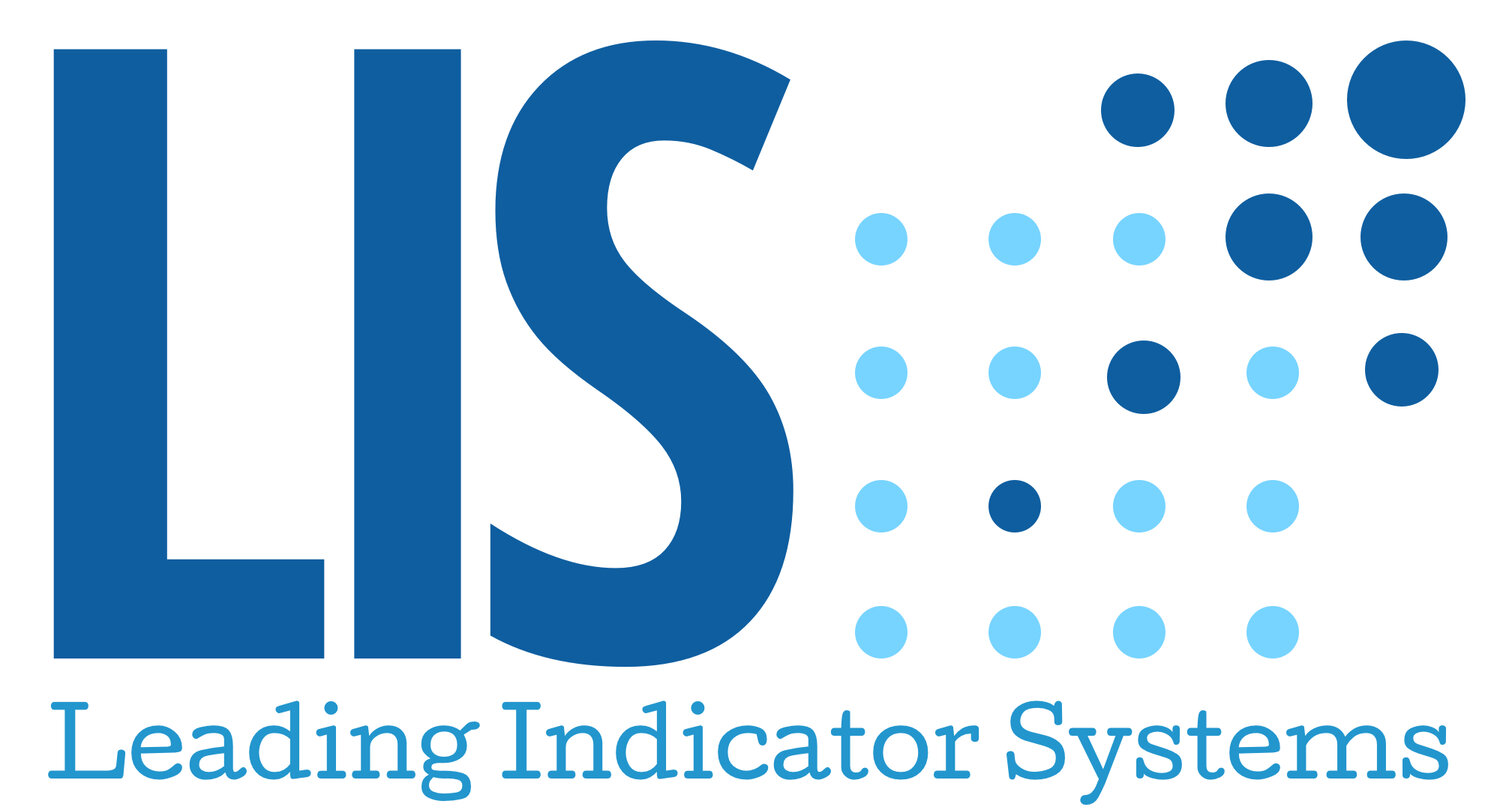
American Worker Wellbeing at Risk
LIS Workforce Listening Studies
Deteriorating Employee Mental Health; Strained Employer Bonds
We find substantial increases in a host of worries related to the well-being of employees and family members and polarizing attitudes about employers.
Unmet needs for child/elder care and living in emotionally unsupportive homes peaked in 2021 but still affect one-in-ten workers. Other family support systems have deteriorated dangerously. We find major upticks in having no support network (up 38%) and, even more worryingly, feeling unsafe at home (up nearly 400%). All measures show a major uptick in worries between 2021 and 2022. Being extremely concerned about family physical and mental health have doubled (up 100%). For workers themselves, extreme concern for physical health is up 81 percent and up 63 percent for mental health. Vulnerability to addiction is up 24%, as is concern about violence at work. Large increases are also seen in concern about the economy (up 86%) and fears that society might break down (up 61%). Despite improving pandemic conditions, stress levels have plateaued at a relatively high level…
Workforce Listening Study Series - LIS regularly surveys a representative sample of the US workforce to track change in emotional needs, attitudes, beliefs, and behavioral intentions over time and focuses on top level priorities of CHROs. These Workforce Listening Studies are unique in their ability to measure worker emotions, using LIS’ proprietary AgileBrain emotional measurement technology.
Register to Access the
Workforce Listening Study Library
44%
(up from 35% in May) expect a fundamental change in the nature of work.
+26% Increase
3 out of 4
(up from 2 out of 3 in May) find it challenging to work under current conditions.
+10% Increase
About LIS’ Workforce Listening Studies
LIS conducts an ongoing series of studies using population-representative samples of currently working full time employees. These surveys are nationally representative and use a statistical confidence level of 95 percent with margin of error ranging from 3 to 5 percent. These surveys focus on rational and emotional predictors of employee well-being, and what employers can do to better support their employees.
As part of the Workforce Listening Series, in conjunction with HRLF, Leading Indicator Systems discusses the Emotional Toll of COVID-19 and the benefits of the The Emotional Wellbeing Monitor.
Video credit: HRLF Association

